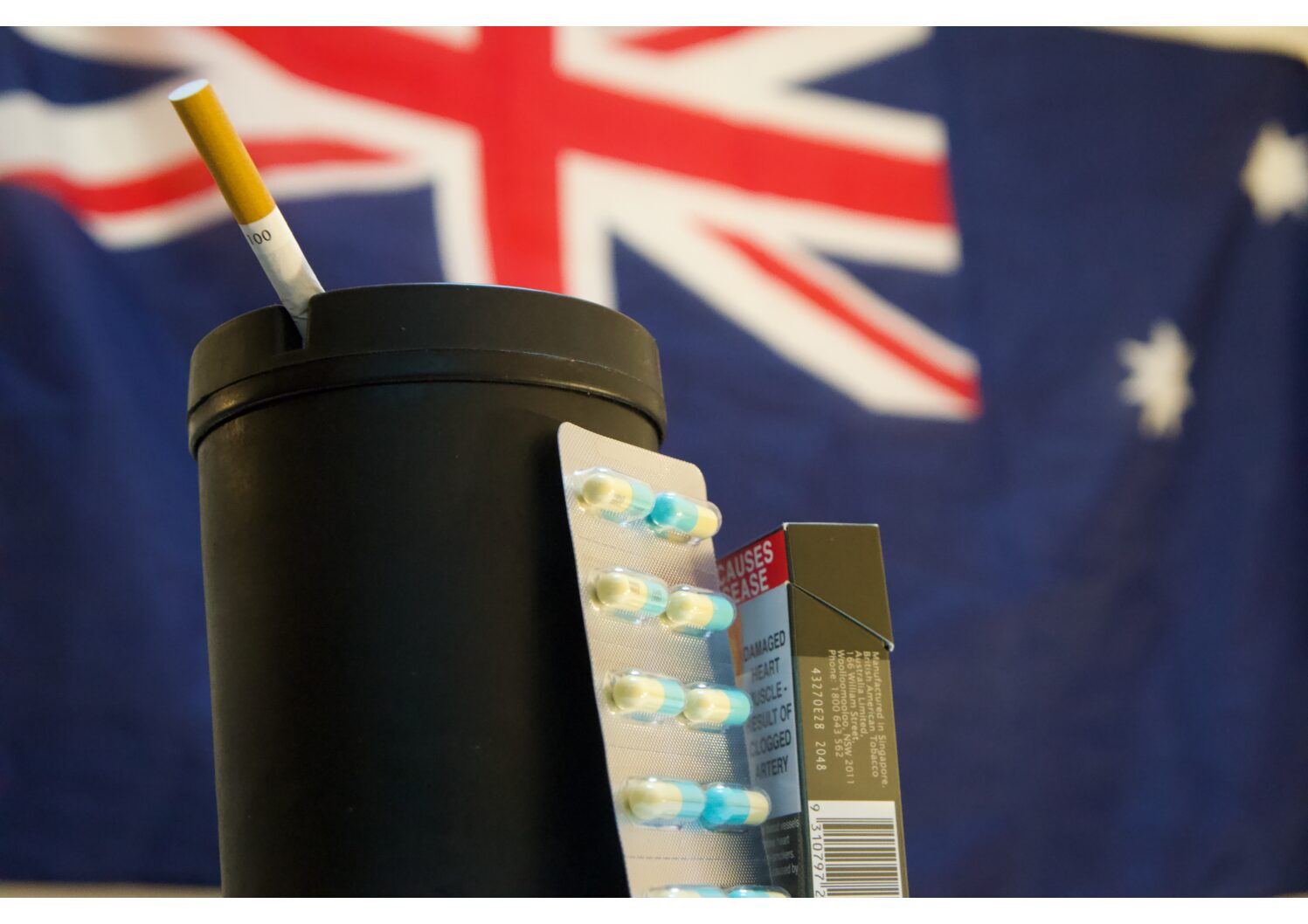The health gap between Indigenous and Non-Indigenous Australians has been well documented and researched. However, the progress that has been made to minimise the gap has not reflected this groundwork.
Research shows that Australia boasts one of the highest life expectancies in the world. Despite that fact, there is a clear disparity between the life expectancy of Non-Indigenous Australians and Indigenous Australians. The latter living approximately a decade less than the former.
Average life expectancy (years) in Australia by sex and Indigenous status
No Description
So what exactly is causing this health gap?
According to recent data, drug usage is one of the leading reasons for this imbalance. Tobacco and Illicit drug use alone accounting for 27.4% of the health gap between Indigenous and non-Indigenous Australians.
In the last 20 years, smoking rates in Australia having consistency decreased. However, smoking tobacco is still the main preventable cause of death and disease in the country, according to Cancer Council Australia. Statistics have shown that almost half of the Indigenous population still smoke tobacco. The health risk this poses is high as a result of these numbers.
Tobacco isn’t the only drug affecting the health of Indigenous Australians. Illicit drug use is a problem as well. Cannabis and Pharmaceuticals being the most commonly used drugs in 2016 for both Indigenous and Non-Indigenous Australians.
And yet, over double the amount of Indigenous Australians used pharmaceutical drugs compared to Non-Indigenous Australians. Additionally, 6 per cent more Indigenous Australians had recent Cannabis use in 2016. While the side effects of illicit drugs vary depending on the drug itself, constant use of any drug can lead to addiction. Addiction can then negatively impact a persons mental and physically health as well causing potential financial and legal issues.
So why does this health gap exist?
A 2018 report by the Australian Medical Association found that Indigenous health was a reflection of:
- The lack of commitment to equitable needs-based funding
- Gaps in primary health care coverage
- The failure to address environmental health and housing.
Dr Tony Bartone, President of the Australian Medical Association, doubled down on this within the report, stating how, “Aboriginal and Torres Strait Islander people have the right to access health care that is easily available, comprehensive, and respectful of their culture.”
With little progress being made in the last decade, the Australian Medical Association is committed to rebuilding the closing the gap strategy. Their hope is that this restructure of the strategy will begin to create real change. However, they are not alone. Oxfam Australia is another founding organisation of the Close the Gap Campaign. Together, they advocate for Indigenous Australians and their health in the hope that governments will hear and listen to their voices and strive for Indigenous Health Equality by 2030.
(Featured Image: Eleni Thomas)







